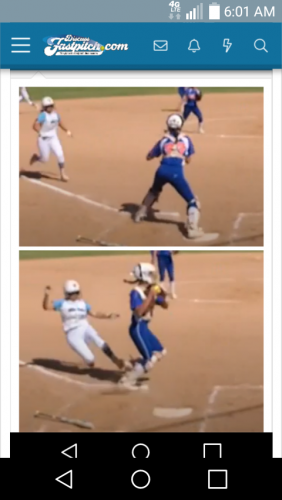I agree with everybody who says she was sliding in an attempt to break up the double play attempt. And since she was out well before the slide, I can get with an interference call. But I'm not sure I see the ejection because then you have to eject a player every single time she (completely, 100% legally based on the legal/illegal slide rules) slides into the legs of a player. Should any act of interference that causes injury lead to an ejection?
So, what makes this play different than other breaking up a double play attempt slides? What makes it worse? Should we take the result (the catcher being hurt) and factor that in? If she had popped up completely fine, would that make a difference?
And, maybe most importantly, what is so obvious about it from watching the play live, one time, that can cause us to blame the umpires for not ejecting the player?
I don't know. I'm usually on the side almost everyone else is on, but I just don't see it. I think that's because I'm not sure "intentionally sliding to break up a double play" is something that warrants an ejection, though it does look like interference.
So, what makes this play different than other breaking up a double play attempt slides? What makes it worse? Should we take the result (the catcher being hurt) and factor that in? If she had popped up completely fine, would that make a difference?
And, maybe most importantly, what is so obvious about it from watching the play live, one time, that can cause us to blame the umpires for not ejecting the player?
I don't know. I'm usually on the side almost everyone else is on, but I just don't see it. I think that's because I'm not sure "intentionally sliding to break up a double play" is something that warrants an ejection, though it does look like interference.




